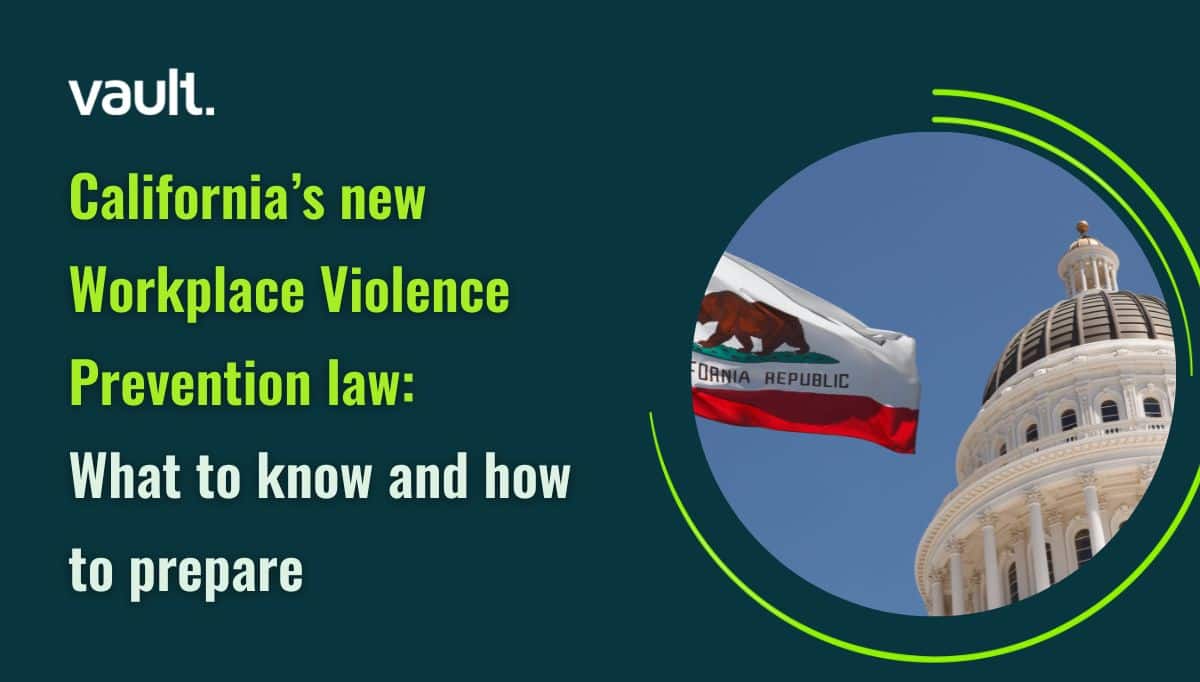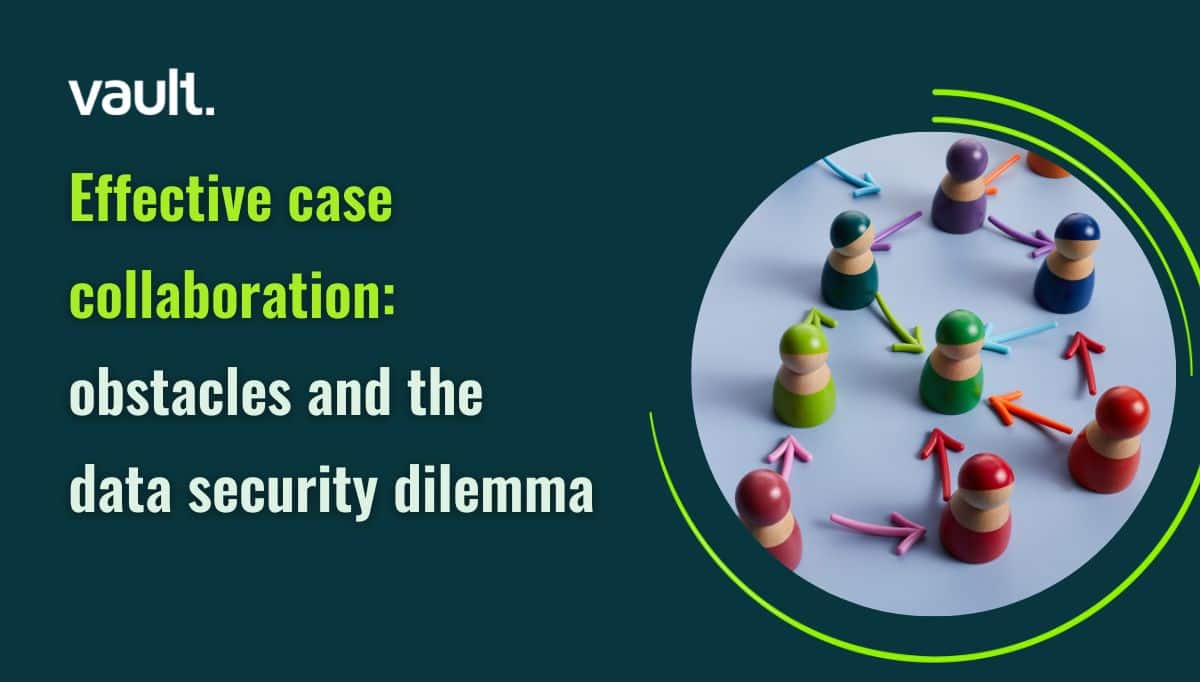
How an organization responds to misconduct reports demonstrates its commitment to a culture of compliance. An investigative process anchored in the principles of transparency, integrity, equity, and fairness, and in the right to confidentiality, anonymity, and non-retaliation goes a long way in exemplifying this commitment.
When a concern is reported internally, an organization has three key opportunities to garner trust in the speak-up process, which in turn has a meaningful impact on the company’s culture and contributes to the sustainability of its business. These ‘three bites at the apple’ are:
- in the groundwork laid for a safe and respectful speak-up environment, with modern, easy-to-use tools and systems, a safe and transparent escalation path, and managers trained to listen
- in the confidential, respectful, and effective investigation, including a documented process carried out by trained professionals who are ready to respond, investigate, and take action
- in the fair and equitable remediating actions following the conclusion of an investigation, close monitoring with those involved and impacted for signs of retaliation and/or other adverse effects, and use of data to continue to improve
In this blog post, we’ll take a look at each of these considerations in turn.
Laying the Groundwork
Employees will feel comfortable raising concerns about perceived, suspected, or actual misconduct when there is a net of psychological and physical safety in place. They must be confident that the company will pay attention to their concerns and they are assured of protection from retaliation. Employees also need easy access to, knowledge of, and confidence in the reporting tools and escalation path. Good awareness of their rights and obligations under company policies, including confidentiality and non-retaliation, and an understanding of the company’s investigations protocol all contribute to psychological and physical safety.
Employees are also more likely to raise concerns when their managers have the skills, tools, and willingness to maintain an open work environment and reinforce the importance and impact of reporting misconduct. Managers need proper training on how to help create this environment and on the principles of an effective investigation.
Conducting the Investigation
Speaking up through formal reporting channels is not easy, and a reporter making a good faith report (i.e. believes it to be true at the time of the report) needs support. The immediate next step is to let the reporter know that their report has been received safely and is being taken seriously, as this gives the reporter a sense of comfort with the process and encourages cooperation going forward.
The investigation process is a team effort, so it’s important that all parties in the process understand their roles and responsibilities, as well as their limitations. When a determination has been made that the report warrants an investigation and the nature of the allegation is understood, an investigation plan is developed. It will include:
- the scope of the investigation (based on the report)
- details of the investigation team (internal or external) and other support (all of whom have gone through training on techniques for conducting an effective workplace investigation)
- the contact list for notice of the report
- the list of interviewees and the order of the interviews
- any immediate actions required (such as preservation of records)
When scheduling interviews, keep in mind that not every employee welcomes a meeting invite from the Compliance or HR team. Engage rather than put the parties on the defensive; assure them that the meeting is standard practice and emphasize the importance of speaking up and investigating good faith reports to the company’s culture.
Building trust during face-to-face interviews is key to the success of the process. Assure interviewees that the process is confidential and protected from retaliation. A good investigator is a good listener, makes eye contact, and asks open-ended questions to allow space for the interviewee to speak freely. By putting the interviewees at ease, you can better assess their credibility by observing their body language, eye contact, and general demeanor.
As investigators of misconduct, we may sometimes have an interest in the outcome, but our job is to be objective fact-finders and it is crucial to avoid implicit bias that sways the outcome of an investigation. This includes asking leading questions, over or under investigating an issue, not investigating at all, or diminishing or dismissing legitimate employee concerns because of an answer we are unconsciously looking for. Conducting interviews with an open mind and without implicit bias ensures that those involved in the process are treated as fairly and equitably as possible.
Once you have the facts well documented and stored in the case management system as the official place of record, give the decision-making team everything they need to decide on an appropriate, fair, and respectful response. Your report should include, among other things, the identity of the interviewed parties (if appropriate, as some may choose to remain anonymous), a credibility assessment, incident overviews and conclusions, recommendations, and an exhibit list.
Taking Remediating Action
The reporter, witnesses, and the subject of the report have all gone through a difficult process, so may be anxious to know the outcome of the investigation and put it behind them. To ensure that they remain confident in the process and in the fairness of their treatment (even if they don’t agree with the outcome), it is crucial to close the loop as soon as possible by providing them with high-level information that the investigation has concluded and that appropriate actions have been taken. The conversation with the subject may differ based on the findings of the investigation.
However, this is not where the investigation ends. Follow-up with the parties in the aftermath of the investigation is essential – initially, to get feedback on their experience and learn from missteps or miscommunication in the process. Periodically thereafter, you’ll likely need to monitor for signs of retaliation, absenteeism, or impact on jobs or compensation and to take immediate action if detected. Each time a reporter feels respected and treated fairly throughout the investigation process, there is a greater likelihood that they will Speak Up again the next time and share their experience with colleagues, encouraging them to Speak Up. Conversely, there is nothing more disheartening, demotivating, and damaging to employee morale than feeling like collateral damage after having come forward in good faith in the first place.
Beyond protecting reporters, a root cause analysis is necessary to understand the circumstances that led up to the reporting of the perceived, suspected, or actual misconduct and what can be done to prevent the conduct from being repeated. By collecting and analyzing data from reporting systems, you can detect trends that can help the organization identify any early warning signs of misconduct. The organization can then take action in the short term and make process improvements supported by policies, training, and communications to address any gaps in the longer term.
Reports of misconduct made in good faith and effectively investigated based upon principles of transparency, integrity, equity, and respect mean more opportunities for the organization to listen, build trust and goodwill, encourage employees to Speak Up internally without fear of retaliation, and engage in continuous improvement for the benefit of all stakeholders.
Conducting an effective workplace investigation is not a pure science – it is equal parts science and art. The art of it lies in how it is conducted and what is created in its wake. An effective response to misconduct and the fair treatment of those involved, organizational changes made to prevent it from happening again and the goodwill derived from the workplace being better than it was before.
Looking for an all-in-one system of record where all reports can be safely captured, tracked, and resolved centrally? Book a demo today.



